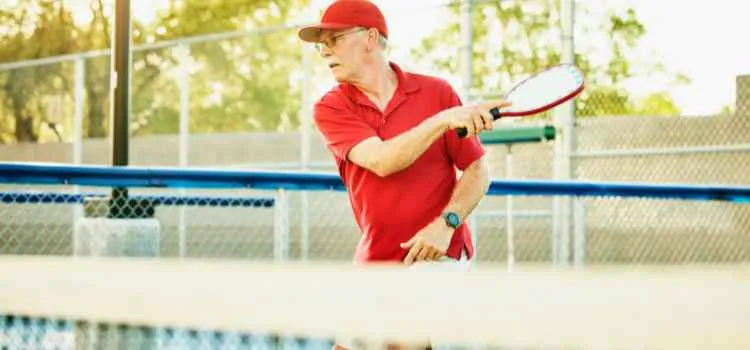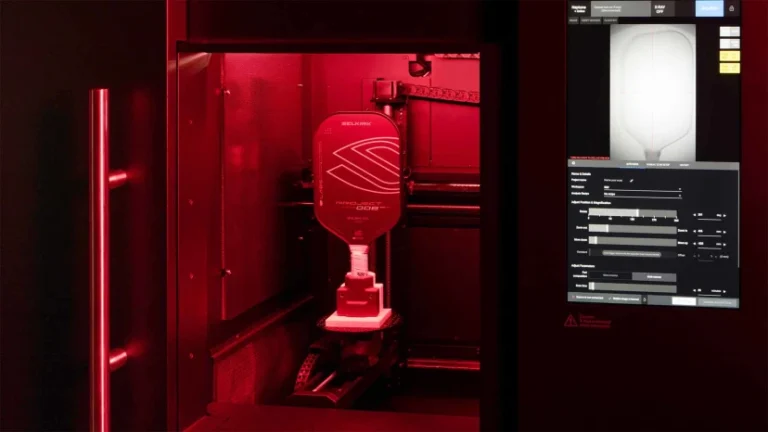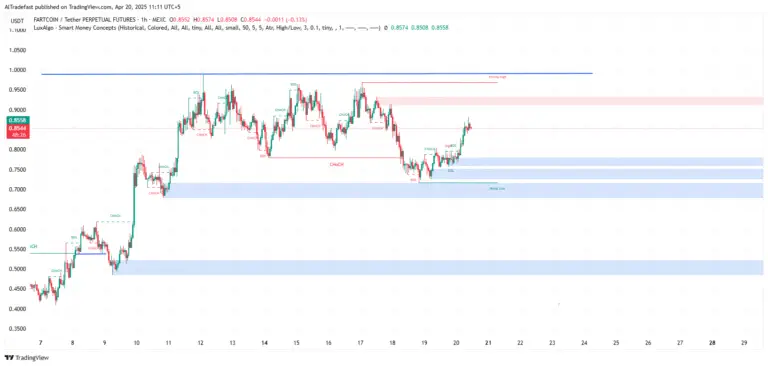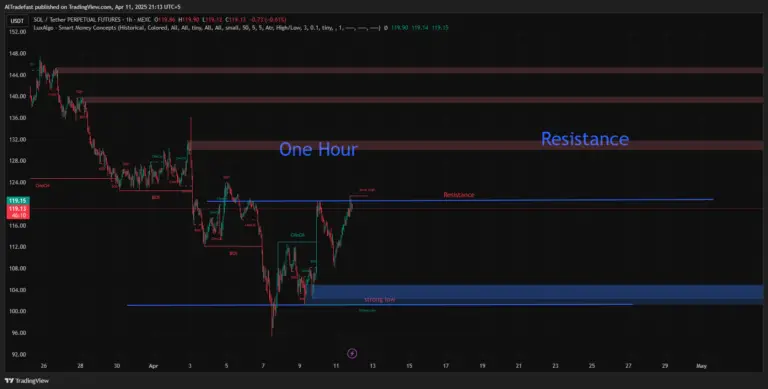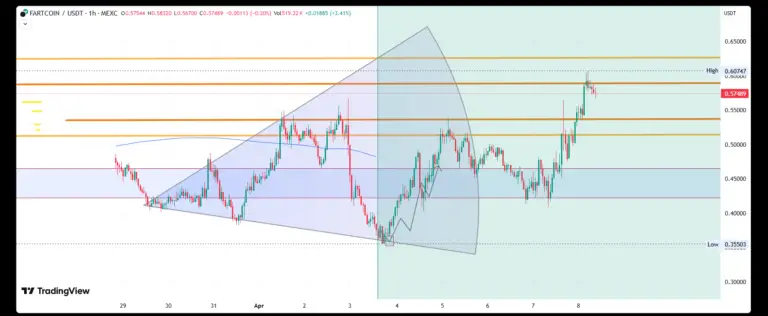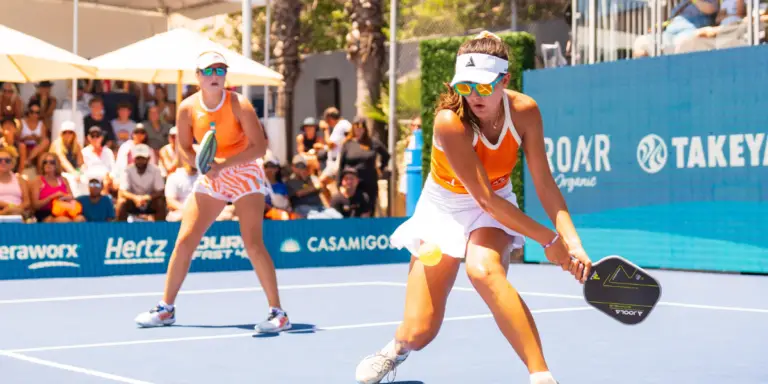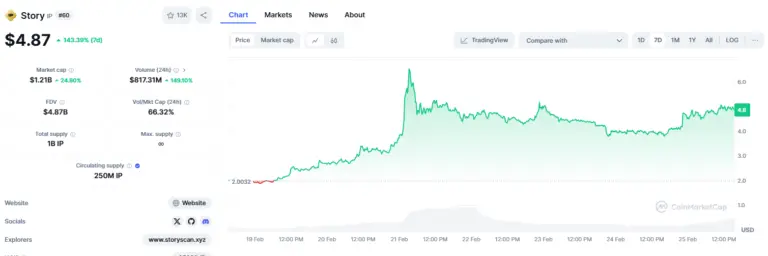Are you a dedicated pickleball player aiming to enhance your game? Discover the secrets of Forehand vs Backhand in Pickleball for ultimate game-winning strategies. Learn techniques and tips in this guide. Becoming proficient in both your forehand and backhand shots is essential for success in this sport.
In this blog post, we’ll delve deeper into this subject. We’ll explore the fundamental distinctions between a forehand vs backhand in pickleball, covering each step from choosing your grip to executing the shot. Furthermore, we’ll share advice on refining your techniques to boost your performance on the court. Ready to begin? Let’s dive in!
Forehand Vs Backhand In Pickleball | What’s The Difference
Pickleball, an exhilarating racket sport played on a smaller court, demands players to use their forehand and backhand strokes for success. The forehand shot is widely recognized as the more powerful stroke, where players combine strength and precision to direct the ball into the opponent’s court.
In contrast, the backhand shot is often characterized as less forceful, primarily because of the swing’s inherent limitations. Nevertheless, many players favor the backhand due to its adaptability and versatility, enabling them to strike the ball effectively from various angles and positions. Ultimately, both strokes hold crucial roles in pickleball, and players should aim to master both to become well-rounded and competitive athletes.
What Is A Backhand In Pickleball?
In pickleball, “backhand” refers to a specific type of shot or stroke players use during a game. It is one of the fundamental techniques in pickleball, just like in tennis or other racket sports. The backhand in pickleball refers to a shot executed on the side opposite the player’s dominant hand, employing the backside of the paddle.
Achieving accuracy and a smooth stroke are crucial for effectively hitting the ball in this manner. While mastering the backhand may present initial challenges, dedicated practice and guidance from seasoned players can significantly enhance your overall performance. Whether a newcomer or an experienced player, acquiring backhand shot proficiency can elevate your skills on the pickleball court.
What Is A Forehand In Pickleball?
A forehand shot in pickleball involves hitting the ball with your dominant hand, which is on the same side as the ball. This shot is commonly utilized in pickleball and plays a vital role in becoming proficient. To perform a forehand shot effectively, players must take their paddle back, rotate their shoulders, and swing the paddle forward while making contact with the ball at waist height or higher.
A well-executed forehand shot is characterized by precision and power, enabling the player to dictate the ball’s direction and speed. Mastering the correct technique for the forehand shot is a crucial skill for any pickleball player aiming to enhance their performance and achieve more victories.
Backhand Vs Forehand: Which Is More Effective?
Pickleball, a game that’s gained immense popularity recently, is a great way to stay active, have fun, and make new friends. The efficiency of backhand vs. forehand shots is a hotly disputed topic among new and seasoned players. While both shots have advantages, the verdict on which is more effective depends on individual playing style and comfort level.
The forehand shot is typically favored by those who rely heavily on speed and aim. In contrast, the backhand shot is preferred by players who prioritize control and consistency. That said, regardless of which shot you choose, mastering both the forehand and backhand shots is a surefire way to elevate your pickleball game to the next level.
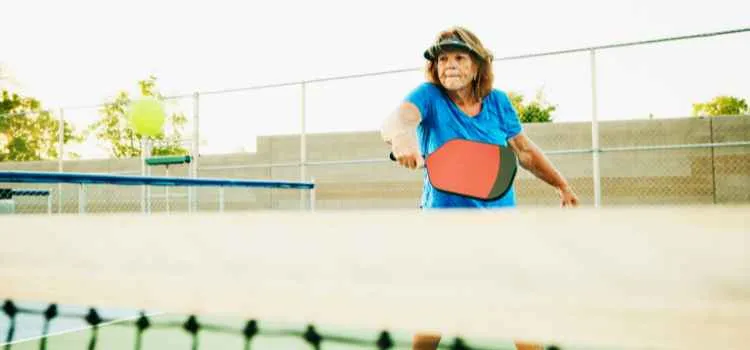
How To Hit A Pickleball Forehand?
You must develop sound technique through practice to execute a successful backhand shot in pickleball. Below is a step-by-step guide on how to perform a backhand shot in this sport:
Grip: Start by holding the pickleball paddle with both hands. You have two options for your grip: the “Eastern” grip and the “Continental” grip. For the Eastern grip, align your knuckles parallel to the paddle face. For the Continental grip, position your knuckles perpendicular to the paddle face. Choose the grip that feels most comfortable for you.
Body Position: Orient your body sideways to the net, with your non-dominant side facing the net. Keep your weight evenly distributed on both feet.
Backswing: Rotate your shoulders and hips as the ball approaches to prepare for the shot. Bring the paddle behind you, keeping it parallel to the ground and aligned with your non-dominant shoulder.
Contact Point: As the ball comes within reach, pivot your body slightly and extend your arms to make contact with the ball. For a backhand shot, the contact point is typically in front of your body and at waist height.
Follow Through: Complete your swing by extending your arms and rotating your torso after striking the ball. The follow-through should conclude with the paddle on the opposite side of your body from where it started.
Footwork: Remember to pivot on your back foot (the non-dominant foot) to generate power and maintain control. Keep your dominant foot anchored for balance.
Control and Placement: Concentrate on targeting your desired spot on the other side of the net. Adjust the angle of your paddle and wrist to control the direction and height of your shot. To achieve a flatter shot, keep the paddle face parallel to the ground, and for a lob or higher shot, angle the paddle face upward.
Practice: Developing a consistent backhand takes practice. Dedicate time on the court to hone your backhand shots, focusing on accuracy and power. You can practice with a partner or against a wall to refine your control.
Maintain Balance: Throughout your shot, prioritize maintaining balance. Avoid excessive leaning in any direction, as it can result in errors.
Watch the Ball: Keep your eyes on the ball from when it leaves your opponent’s paddle until you make contact. This helps you accurately judge the ball’s speed and trajectory.
Anticipate: Predict the ball’s trajectory based on your opponent’s shot and positioning. This anticipation will enable quicker reactions and proper positioning for a successful backhand.
Remember that becoming proficient at the backhand shot in pickleball requires dedication, patience, and consistent practice. Regular practice sessions and actual gameplay will contribute to your skill development and enhance your versatility on the court.
How To Hit A Backhand In Pickleball?
Hitting a pickleball forehand shot requires proper technique and practice. Here are step-by-step instructions on how to hit a pickleball forehand:
Grip: Start by holding the pickleball paddle with both hands using the Continental grip. To do this, imagine you are shaking hands with the paddle, and your dominant hand’s knuckles should be on the third panel of the grip (counting from the bottom).
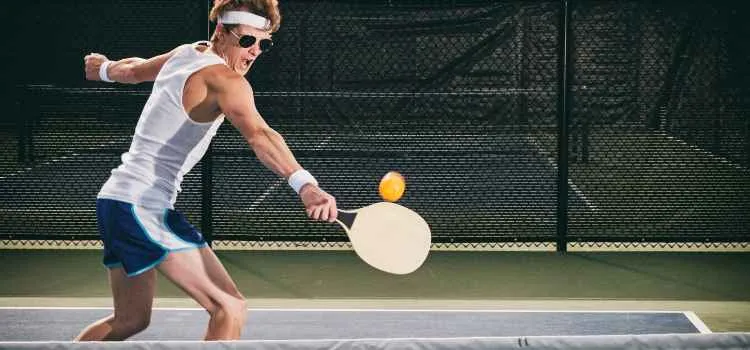
Stance: Ensure your feet remain flat on the ground, shoulder-width apart, and perpendicular to the baseline. Maintain an even distribution of your weight between both feet while gently bending your knees. Your non-dominant foot (left foot for right-handed players, right foot for left-handed players) should be in front of your body.
Step and Pivot: Take action with your non-dominant foot toward the ball’s projected bounce point as the ball approaches. Simultaneously, pivot on the balls of your feet to turn your body sideways, pointing your non-dominant shoulder towards the net.
Swing: Start your swing by bringing the paddle back behind your body, with your non-dominant elbow pointing towards the net. As you swing forward, rotate your hips and shoulders to generate power. Keep your eye on the ball throughout the swing.
Contact Point: The ideal contact point for a forehand shot is in front of your body and slightly to the side. Aim to make contact with the center of the paddle strings. Keep your paddle face slightly open upward and add topspin to the shot.
Follow Through: After hitting the ball, keep your swing and follow through towards your target. Your stronger hand should end up around shoulder height, and your other hand should be in front of you, pointing toward your target.
Recovery: Swiftly get back to your ready position following the shot, prepared to respond to your opponent’s following action.
Practice: Hitting a consistent and effective forehand in pickleball takes practice. Work regularly on your footwork, timing, and paddle control to improve your skills.
Why Is The Forehand More Powerful Than The Backhand?
The forehand shot in sports like tennis, table tennis, badminton, and pickleball is often considered more potent than the backhand for several reasons:
Dominant Hand and Body Position
Most players have a dominant hand, typically right for right-handed individuals and left for left-handed individuals. When executing a forehand shot, they use their dominant hand, which allows for better control, coordination, and power generation. Additionally, the body’s positioning naturally aligns for a forehand shot, making it easier to generate power.
Leverage
Players can leverage their entire body’s weight and rotation during a forehand shot to generate power. The rotation of the hips and shoulders creates a longer lever, resulting in increased speed and power in the shot.
Wrist Action
In a forehand shot, players can employ their wrists to snap the racket or paddle at the point of contact, adding extra speed to the shot. Effectively using wrist action is generally more challenging in a backhand shot.
Follow-Through
The follow-through in a forehand shot tends to be longer and more natural, facilitating a smoother transfer of energy from the player’s body to the ball or shuttlecock, resulting in a more powerful shot.
Muscle Engagement
Muscles used in the forehand shot, like the chest, shoulders, and core, are typically stronger and more developed in athletes because these muscles are utilized in various activities and sports. This added muscle strength contributes to more significant power generation in a forehand.
Range of Motion
The forehand shot allows for a broader range of motion as players can freely rotate their bodies and position themselves optimally to strike the ball or shuttlecock. Conversely, the backhand shot often restricts the range of motion, making it more challenging to generate power.
Practice and Technique
Players typically invest more time practicing and refining their forehand strokes, resulting in improved technique and power generation. In comparison, the backhand shot may receive less attention and practice.
It’s important to acknowledge that some sports and situations demand powerful backhand shots, and skilled players can achieve significant power through training and technique refinement. Nevertheless, the forehand is generally more powerful due to its inherent body mechanics and muscle engagement advantages.
What is a groundstroke?
In pickleball, a groundstroke refers to a type of shot where a player hits the ball after it has bounced once on the court. Groundstrokes are typically used when the ball is too low or moving too fast for a player to effectively volley it (hit it before it bounces). Groundstrokes are commonly used in the baseline area of the court, which is the back portion of the pickleball court.
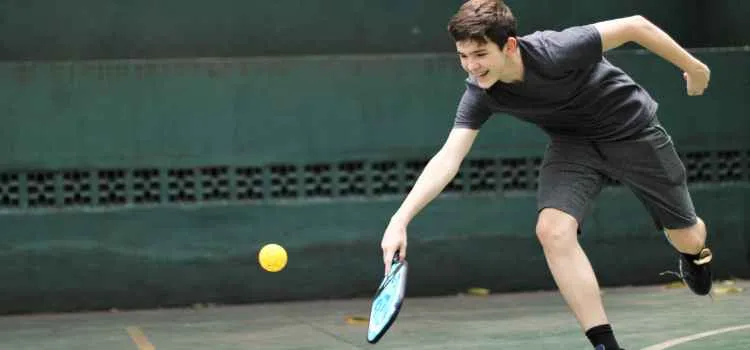
A groundstroke is a shot played after the ball bounces once on the court. This shot is commonly used in singles and doubles play and is crucial for any player to master. It allows players to hit the ball with power and accuracy, often leading to winning points. While some players may opt for more flashy shots, the groundstroke is a fundamental skill that should be a part of every player’s repertoire.
“When executing a groundstroke, players usually employ a combination of techniques. This involves using a paddle to strike the ball while it’s in the air and ensuring it lands within the boundaries of the opponent’s side of the court. The objective is to make the ball difficult for the opponent to return while staying within the game’s rules.”
Groundstrokes are essential to pickleball strategy, especially during rallies when players rally back and forth from the baseline. Mastering groundstroke techniques, such as topspin, backspin, and control over the ball’s direction and depth, can significantly enhance a player’s effectiveness in the game.
Conclusion
In conclusion, the backhand vs forehand in pickleball is not about one being better than the other but rather about understanding when and how to use each stroke effectively. As players continue to improve their skills and gain experience, they will discover that mastering both the backhand and forehand is the key to becoming a pro player on the pickleball court.
